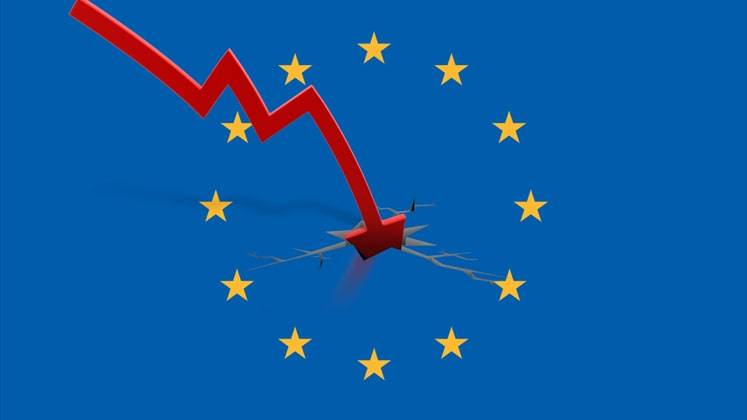
Over the years, Indian exporters who are known for their capabilities in small runs as also design understanding skills have become popular with major European buyers, looking for vendors with the same disposition. Though the match is a perfect fit and has resulted in increasing business with Europe, today this heavy dependency on the European Union, which accounts for 49% of total Indian garment export, has left many exporters practically without work. The impact has been across manufacturing bases and product categories.
The EU has been in troubled waters since 2009, but the situation worsened from the latter half of 2011, with the debt crisis going from bad to worse and in November this year the EU officially declared that the 27-nation union was under recession. The crisis that has engulfed the European Union (EU) threatens to be the nemesis of the Indian garment industry, as very few post-Christmas orders have been reported from exporters working with the European market. In fact, many buying offices that work with European buyers had hinted at the slowdown in orders as also the decrease in order sizes as early as October 2011.
Economists point out that the euro debit crisis is about much more than the ‘euro’ and as Government bonds, share prices and banks swoon, global recession is knocking on the door and the imminent fear is of financial and economic collapse. Today, even as the euro zone nations continue to negotiate for a solution, the gruelling three-year debt crisis threatens to weaken the economy, which is worth around US $ 12.1 trillion. The region, with its 332 million people, is an important and the biggest market for Indian garment exporters.
No wonder, the economic meltdown in the EU has heavily impacted India’s apparel exports with substantial decline in both value and volumes of exports to the tune of (-) 17.26% and (-) 20.98%, respectively in the first seven months of the year. In the meanwhile, as unemployment rises, retailers in the EU have also registered decline in sales. Eurostat estimates that 25.913 million men and women in the EU-27, of whom 18.703 million were in the euro area (EA-17), were unemployed in October 2012, compared with October 2011, unemployment rose by 21,60,000 in the EU-27 and by 21,74,000 in the euro area. In September retail sales declined in nine EU countries and the maximum decline of 3.8% was seen in the clothing sector.
The hopes of revival have been pinned on the pending FTA, which everyone had expected to come through by October 2012, but the same has failed to be sealed this year despite Germany pushing for closure. If the FTA is signed, then the import duty of 9.6% per garment and 5% on other textile items will end. In the meanwhile, driven by the crisis urgency is seen among the industry to develop new buyer base with exporters now aggressively exploring alternative markets like South America, West Asia and East Asia. Interestingly, since April this year exports to non-traditional markets have increased by nearly 4%. The goal set by the AEPC is to reduce share for Europe in total exports to 40% in next five years.
Recent analysis by the European Central Bank predicts that the euro zone economy which shrunk by 0.4% in 2012 will grow by 0.5% in 2013, with inflation rising to 2.6%. There is no doubt that it is going to be a tough year for exporters working with Europe and the industry is worried… if all things fall in place the FTA should be signed by March 2013, giving a major thrust to exports, but only time will tell if the hurdles that have delayed the pact will play out in time to save the industry.

Post a Comment